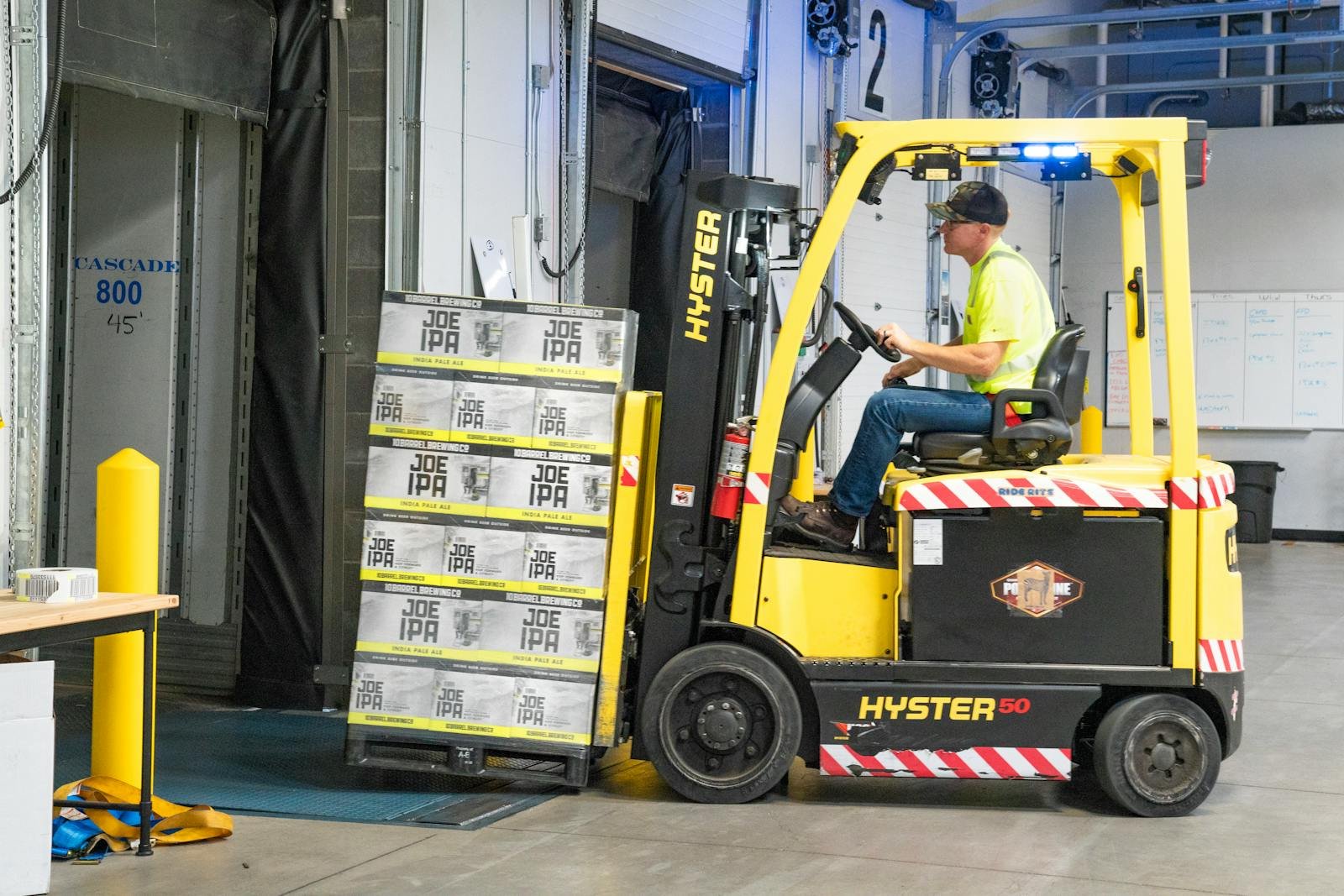Why Heavy Equipment Freight Requires a Specialized Approach
Heavy equipment—think bulldozers, cranes, loaders, or large generators—falls under the category of oversized and overweight freight. That means different rules, permits, and equipment.
According to the U.S. Department of Transportation, oversize freight requires special routing, often involving escorts, bridge clearances, and axle load limitations. It’s not something you can leave to chance.
Key challenges in heavy equipment freight include:
- Compliance with DOT regulations
- Handling of specialized rigging or crating
- Securing high-value cargo safely
- Timing around tight construction or production schedules
Tip #1: Know Your Equipment’s Dimensions and Weight
Seems obvious, right? But you’d be surprised how often freight issues start with inaccurate specs.
Before you book anything, have accurate:
- Overall dimensions (height, width, length)
- Weight, including attachments or fuel
- Special handling notes (fragile components, disassembly requirements)
Even a couple of extra inches could mean the difference between a legal load and a costly oversize permit.
Tip #2: Secure the Right Permits Early
If your equipment exceeds legal load limits (usually 8.5 feet wide, 13.5 feet tall, or 80,000 pounds gross weight in the U.S.), you’ll need oversize/overweight (OS/OW) permits.
Every state—and sometimes individual municipalities—has different requirements. Some may take days to approve.
To stay ahead:
- Work with a freight broker experienced in OS/OW loads
- Double-check local DOT guidelines
- Budget extra time for permit delays
For reference, FHWA’s Freight Management portal provides a good starting point for state-specific regulations.
Tip #3: Choose the Right Trailer and Transport Mode
Heavy equipment freight isn’t one-size-fits-all. The trailer or transport mode you choose affects cost, safety, and delivery times.
Common trailer types include:
- Flatbeds: For moderate-sized machinery that fits legal limits
- Lowboys: Ideal for tall or heavy loads (up to 12 feet tall)
- Step decks: A versatile option with better clearance
- RGNs (Removable Goosenecks): Best for self-powered equipment that can roll on/off
Some equipment may even ship via rail or barge, especially for cross-country or international moves.
Tip #4: Don’t Skimp on Loading and Securing
Imagine a 40,000-pound dozer shifting during transit. It’s not just risky—it could be catastrophic.
Make sure your team (or hired professionals) knows how to:
- Use proper rigging gear and securement points
- Distribute weight evenly across the trailer
- Apply chains, straps, or binders rated for the load
- Check tie-downs at regular intervals
According to OSHA, improper loading is one of the top causes of transport-related accidents.
Tip #5: Consider Breakdowns and Weather Delays
When moving heavy freight, things don’t always go as planned. Trucks break down. Roads close. Weather gets ugly.
Mitigate risks by:
- Building buffer time into the delivery schedule
- Using GPS tracking to monitor real-time status
- Staying in contact with your driver or 3PL partner
- Having a contingency plan in case of rerouting
Seasonal planning matters, too. In colder climates, road closures and weight restrictions change dramatically between summer and winter months.
Tip #6: Choose a 3PL That Specializes in Heavy Freight
A third-party logistics provider (3PL) with industrial freight experience can make your life a lot easier.
They can help with:
- Route planning and permit acquisition
- Equipment disassembly and crating
- Coordination between shippers, carriers, and receivers
- Customs paperwork if crossing borders
Look for partners with proven track records and specialized insurance coverage.
Tip #7: Don’t Forget Insurance (and Documentation!)
Let’s say your $300,000 paver is damaged in transit. Are you covered?
Standard carrier liability may not cover the full value of your equipment. You may need additional cargo insurance or marine insurance for international moves.
Other documentation to prepare:
- Bill of lading (BOL)
- Load manifests
- Export/import paperwork (if needed)
- Inspection reports before and after loading
Covering your legal and financial bases is just as important as loading the gear itself.
Conclusion: Freight Success Comes Down to Planning and Partnerships
Industrial freight handling for heavy equipment isn’t just logistics—it’s an engineering challenge, a regulatory puzzle, and a high-stakes operation all rolled into one.
But with the right prep, smart partners, and an eye on the details, you can move even the biggest machines safely and on time.
Need help with your next heavy haul? Talk to a logistics provider who understands the weight—literally—of the job.
FAQ: Freight Handling for Heavy Equipment
1. What’s considered heavy equipment freight?
Anything oversized or overweight, including bulldozers, cranes, backhoes, tractors, and industrial generators.
2. How much notice should I give when booking a heavy haul?
Ideally 1–2 weeks to allow time for routing, permits, and equipment availability.
3. Can I ship heavy equipment internationally?
Yes—with proper crating, documentation, and coordination with customs. Many shipments go via ocean freight.
4. What’s the best trailer for moving an excavator?
Typically a lowboy or RGN trailer, depending on the size and clearance required.
5. What happens if my equipment is damaged during transport?
That depends on your insurance coverage. Always verify liability and consider supplemental cargo insurance.





